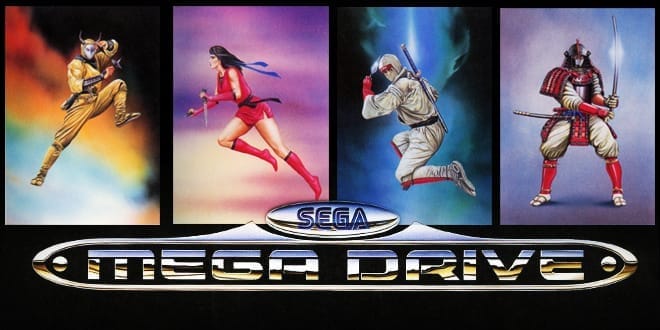In 2013, Daren Wall, founder of the design oriented press Read only Memory, took to kickstarter to raise the funds for the publishing of collection of art and design documents to celebrate SEGA’s all important console, the legendary Sega Genesis (Mega Drive in Europe). The project was successfully funded three times over the £ 30 thousand that had been asked for, which gives us a good idea of how much the system still means to people who feel strongly about it’s legacy. The project was finely completed earlier this fall and is now in stock at Read Only Memory’s website.

SEGA Mega Drive/Genesis: Collected Works is an impressive collection of game design and hardware artifacts documenting the life of that home console that once vied with the SNES for supremacy and which shaped so many our of childhoods. It comes in as a hardbound, 216mm x 267mm book, with a total of 352 pages and eight beautiful gatefold sections. The content broken up into seven main sections: Hardware development documents, hardware showcase, game packaging and production illustrations, game design documents, character illustrations, pixel artwork, and interviews.
Before jumping into the good stuff, a terrific essay by veteran writer and current Guardian Games editor Keith Stuart sets the table by going in depth into what set the Genesis apart from its competition in the war of the 16-bit consoles. This introduction is replete with behind the scenes accounts of how Sega ended up becoming the sleeker, faster, edgier system of the age. Quoting ad execs of the time, Stuart writes:“ ‘welcome to the next level’ was edgy, it was aspirational, it was using the words we kept hearing in focus groups “-got to beat the next level…” it was a fabulous campaign.” The same ad campaign created one of the era’s most zany concepts, ‘Genesis is faster because it has blast processing.'Hardware documents and showcase.
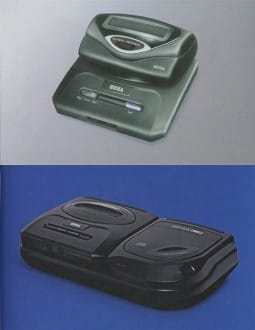
Over fifty pages of hardware documents reveal everything from concept art of the system’s various hardware iterations and peripherals along with actual schematics of every single part of the system itself. One thing you may not have known is that as early as 1992, Sega was conceptualizing and developing its own virtual reality headset. The Photo gallery will remind you of just how many peripherals were released to support the system, including the ill-fated Sega activator (eerily similar to what Nintendo would roll out over the last decade) and add-ons like a karaoke machine and modem that were never released outside of japan.
Game packaging and design Illustrations.
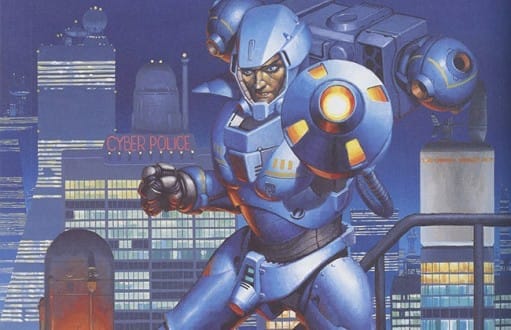

This is where the collection really starts to shine. Do you remember walking by the rows of game boxes at your local rental shop or retail outlet? That crazy box art was a huge part of what drew gamers into the fantastic worlds within the cartridges. This section gathers some of the most iconic of those images, showcasing, in full color glory, the magic of top Japanese and western illustrators of the time. Here you’ll find box art from some of Sega’s best-loved franchises, everything from Streets of rage to Golden Axe to Toe Jam and Earl. This section also features several large format gatefold illustrations from well-known games like Shinobi and eccentric gems like Alien Storm. This section alone contains enough beautiful reproductions of hard to find artworks that I could recommend the book on its strength alone, but there’s more, so much more.
Character Illustrations and pixel artwork.
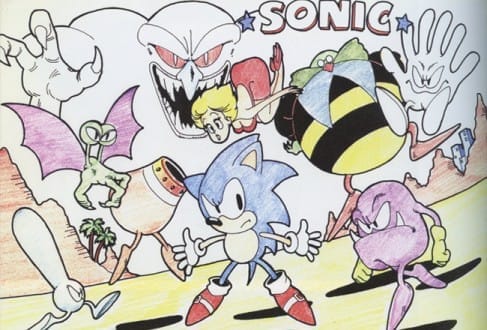
Anyone who cherishes their memories of the old Sega will find themselves spending endless hours going over these pages. This section documents some of the most well-known and unique characters from the 16-bit generation. Landstalker, Wonder Boy, Sonic, Alex Kid, Phantasy star, these are just some of the old school games whose artistically diverse and memorable casts are featured from their manga and comic book inspired illustrations to the pixel-sprite final product. Special attention is given to bridging these first generation titles and their artworks to the later era Sega of America creations like Eternal Champions and Comix Zone, which tried to push the limits of what the system could do.
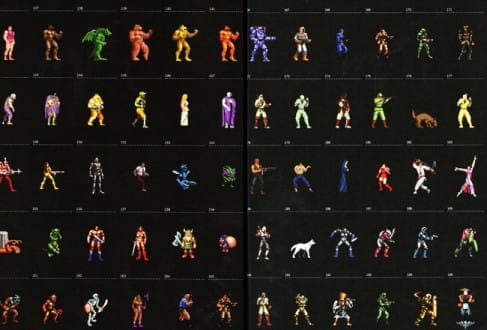
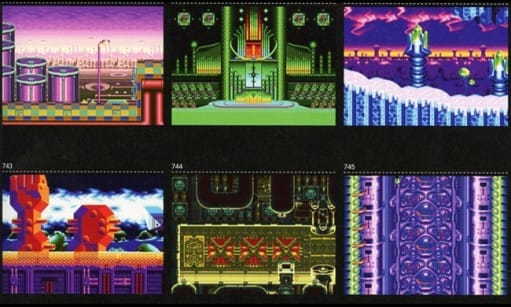
The pixel artwork sheets are packed with characters from many games and thoroughly cataloged according to their sources. Furthermore, the section not only brings together character art but also environmental and background works.
Interviews.
The final section is features short interviews with many of the creative visionaries who came to work for Sega in the 80’s and 90’s and helped turn the company into the giant it became. People like Yu Suzuki, who would go on to develop the ‘virtual’ series of 3D games, give the reader insight into what the creative process was like at Sega in the early days. Composer Keisuka Tsukuhara shares a list of what equipment he used to compose scores for Shadow Dancer and Alien Storm. These interviews give the reader a look at what inspired the creators to create these early 16-bit masterworks. For example, several of the interviewees site a band called Yellow Magic Orchestra as an inspiration. My own searching has led to discover that this band was a sort of Japanese Kraftwerk, except that a modern ear cant help but hear their music and think it sounds like the soundtrack to a classic game. Some of the anecdotes shared will also leave a smile on your face, try this one from Makoto Uchida, speaking about the process of designing monsters for Alien Storm:
It was so much fun, I spent a lot of time on the different attack styles…The company’s female colleagues play tested the game with their eyes shut, complaining, ‘I cant look at it straight, it’s so gross!” If I did that now, I think I could be sued for harassment.Conclusion.
It’s impossible not to admire the job Wall did with this collection. It’s a solidly put together book both in it’s physical form and it’s content. The only complaint one could raise is that the Genesis had so many games released during it’s lifespan that one will always look at the collection and wish that some lesser known personal favorites had made it in. Examples that come to mind are games like Herzog Zwei, which is considered by many to be the first real time strategy game and also had terrific box art. Personally, I cant think about the Genesis without thinking about bullet hell shoot em ups like Granada.
What this feeling speaks to is the fact that everyone had their own personal experience with their classic systems, and that an obscure game that other’s don’t remember can easily stand paramount in one’s own recollection. It does not speak to a failure on the part of the publishers, they've done a terrific job in bringing together what most will agrees are the objectively important highlights of the system’s legacy.
The task of capturing the full scope and magic of the Genesis/Mega drive is simply too awesome. Better to fire up some of those old classics and wonder “How did I ever get good with these controls?"
